B-Side Blog Post
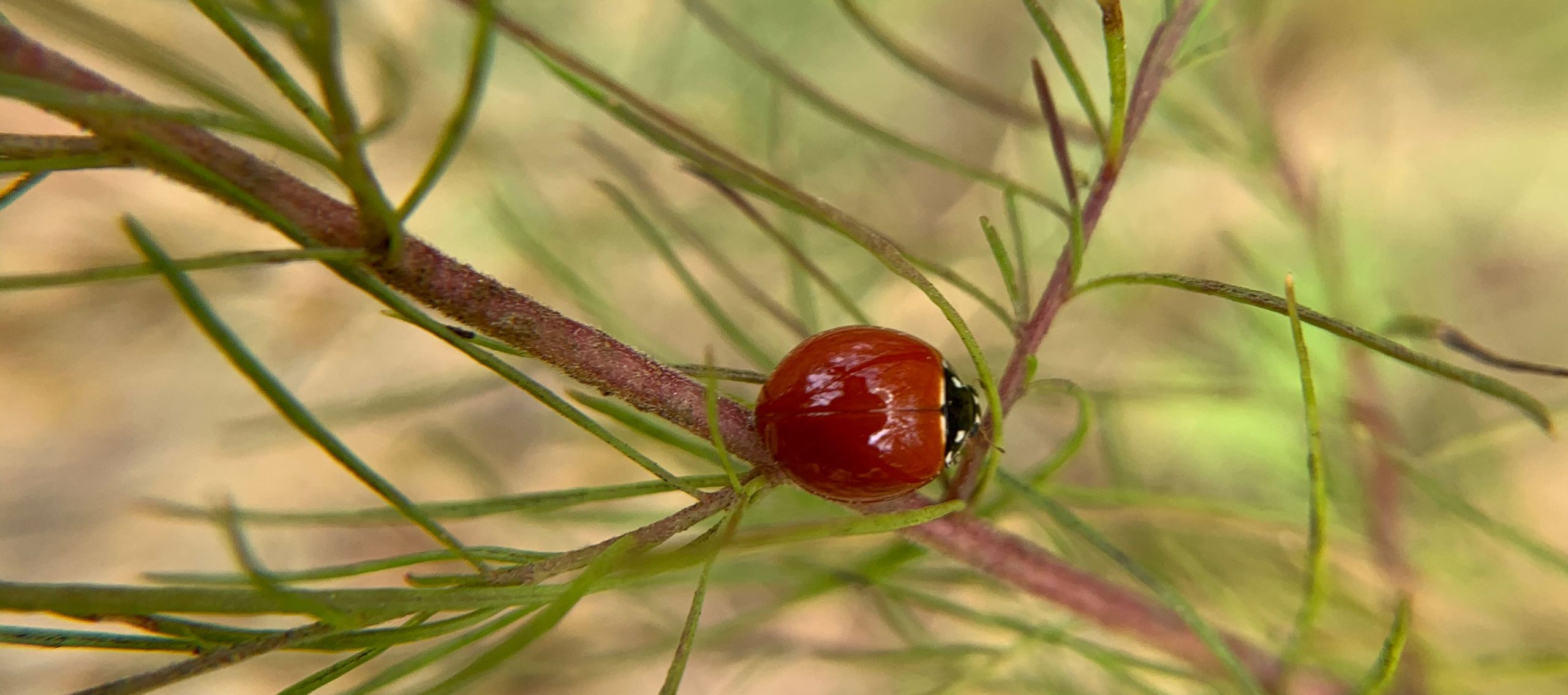
Before you were born, kids listened to hot singles on small vinyl disks with a big chunky hole in the middle. They were played at a speed of 45 rpm rather than the usual 33 1/3 rpms that larger albums were played at. We called them 45s. On one side, they had the song you wanted to hear. On the other side, the put something that probably wasn’t the best thing the same band had ever done, but before the age of streaming, having a song you didn’t already know to play over and over was cool.
The side with the hit was the A side. The other side was the B side. This post is about the B side.
Every Monday, I walk the park, binoculars and camera in hand, waiting for something to present itself. I shoot tons of photos and after a few hours, I go home and figure out what I saw and what to say about it. I find it hard to believe that this haphazard system has kept the blog going for two years now, but apparently it has. The weather and a bad cold have kept me out of the Park this week, but that’s where the B side comes in. I have a lot of photos that never got used. Until now.
The photo at the top is a ladybug with no spots. This is absolutely not interesting. Except I love the photo. One day, I will do a whole post on ladybugs, but for now, she goes on the B side.
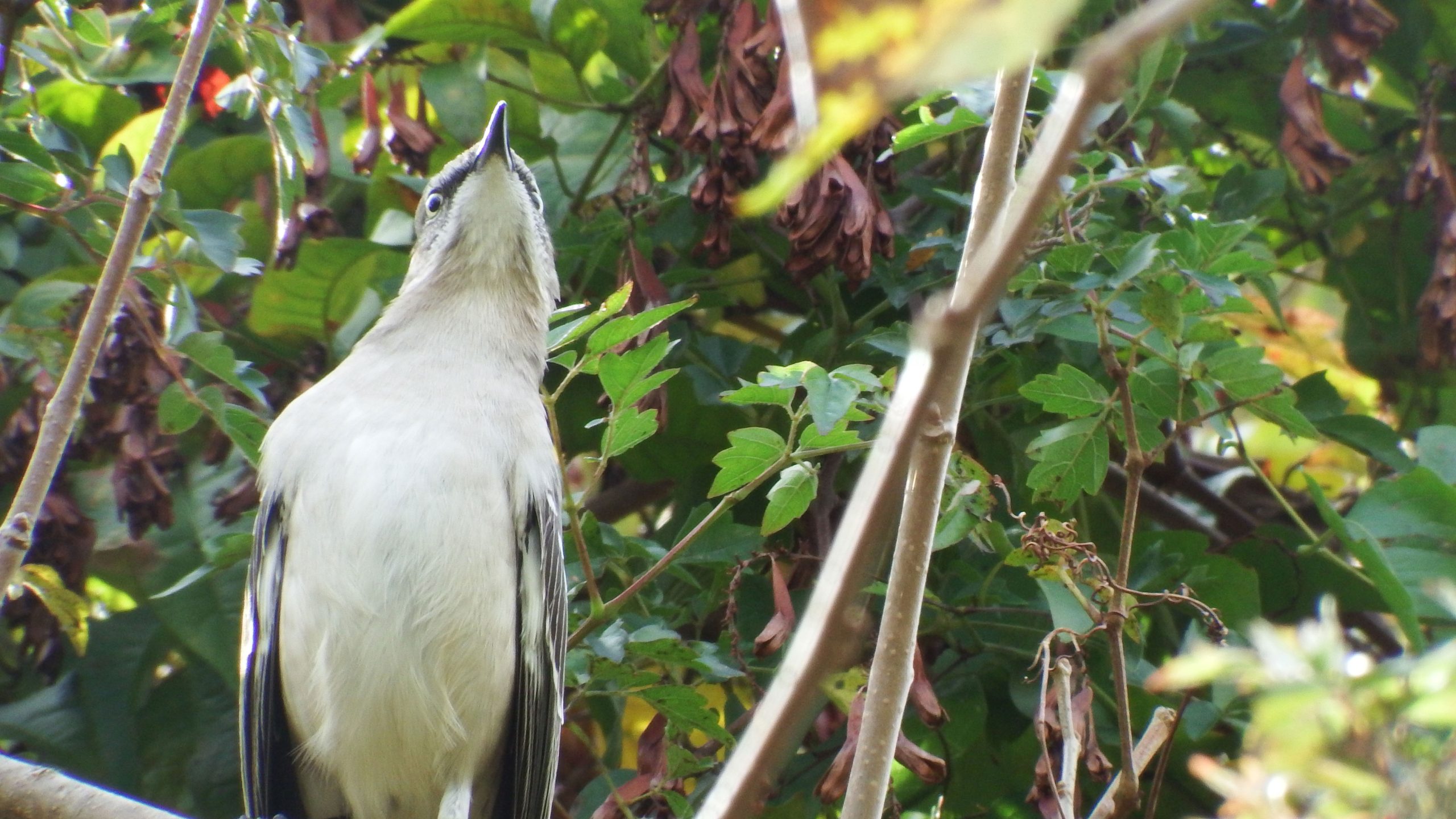
This is a mockingbird. The reason this photo exists is that I had such a weird angle on the bird (below looking up) that I couldn’t ID it and tried for quite a while to turn it into something interesting. I took as many photos as I could, so that when I went home to figure things out, I would have captured the one definitive element that proved this was a rare and interesting bird. It wasn’t. But I love the expression on his face. Pure B side.
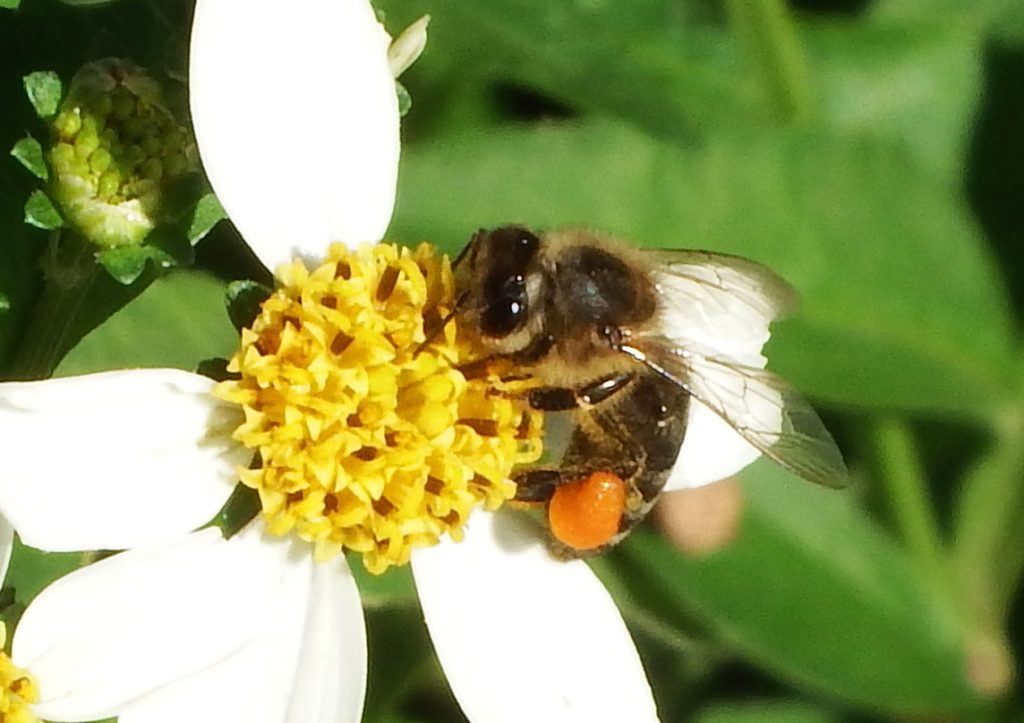
We’ve all learned how bees flit from flower to flower collecting pollen which makes it all sound very industrious. Reality is more interesting. Bees are covered in tiny hairs. When a bee flies, the hairs acquire a positive static charge; the same mechanism as rubbing a balloon against your head. The pollen is also slightly charged, but it has a negative charge. When the bee approaches the flower, the pollen flies from the flower to the bee. This leaves us with bees, who were probably just looking for a sip of nectar now covered in pollen.
The pollen isn’t a burden, it is a blessing because bees do eat a bit of it, but more important, protein-rich pollen is what bees feed their larva. Most of our native bees are more or less solitary. Once a female has found a male and mated, she begins building her nest and provisioning it with pollen for the eggs she will lay. One bee, one nest. Honey bees, however, are different. They live in a hive and all the eggs are laid by the queen and everyone else’s job is to feed and raise the babies. Honey bees really are professional pollen gatherers.
They acquire the pollen the same way as other bees, but once they are covered in it, they groom themselves and stuff all the tiny pollen granules into saddlebags on their hind legs. By the time they are ready to return to the hive, they look as though they have sprouted two orange tumors. And this probably could have been an A-side photo, now that I’ve written so much about it!
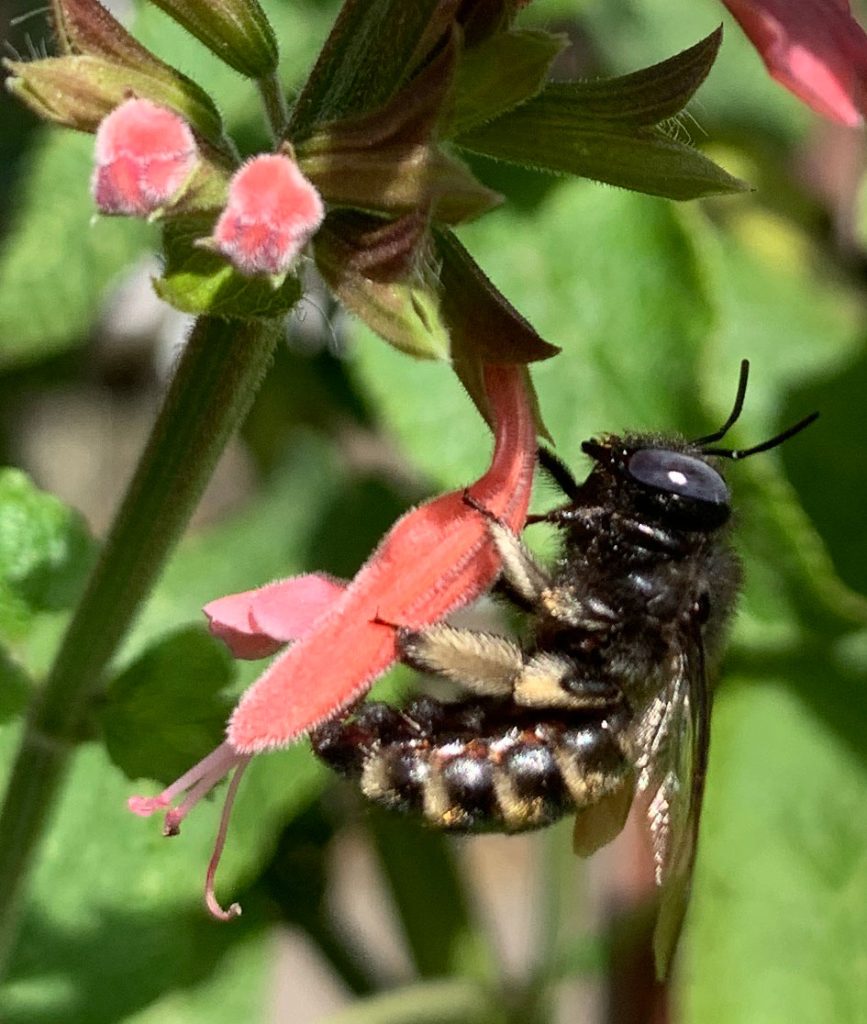
This gal is a Parkenson’s carpenter bee. She is perched on a salvia flower. What I love about this photo is how, at this scale, everything from the bee to the flower is covered in fine hair. We look at a flower petal and we don’t realize that the surface isn’t at all smooth if you are the size of a bee. And I knew that bees were very hairy (see above about honey bees), but so very hairy?
This bee is poised to do something very typical for big bees. She is about to nectar rob. Salvia flowers are narrow and the nectar is way down at the bottom of the tube. The flower wants a bee to walk down into the tube to drink. By doing this, the bee will transfer some of the pollen it has picked up to the flower’s female parts, fertilizing the egg and creating a seed. The carpenter bee is way too large to get to the bottom of that tube. But never mind. She will grab hold of the bloom with her head facing the bottom of the flower and drill a hole into the nectar pot and drink her fill. This method of eating does the plant no good at all, but it is lovely for the bee.
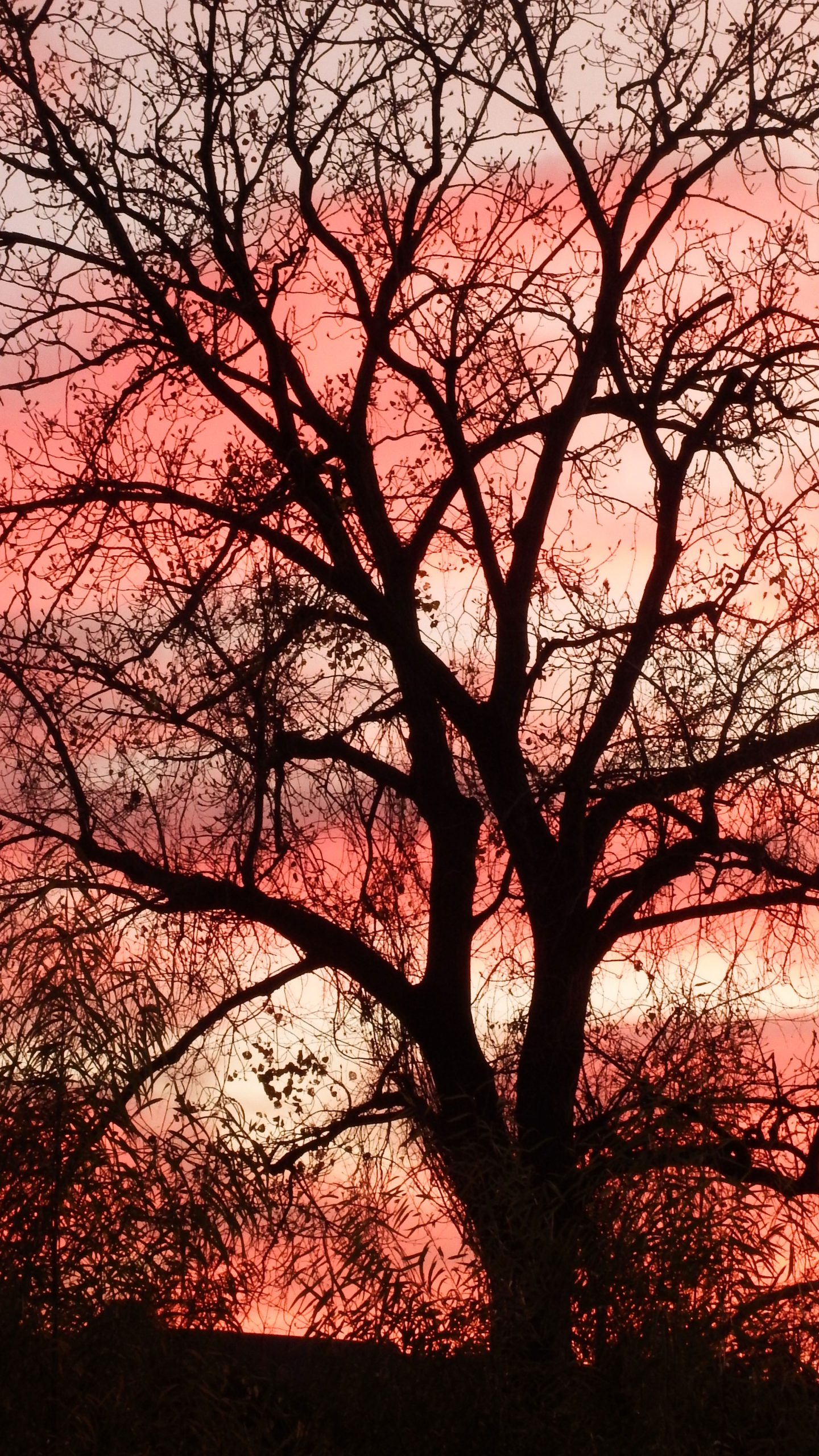
This last of the B side photos is what happens when a naturalist figures out where the beavers are eating these days and hopes if she stays there until it’s almost dark, she will get some photos. She did. Of this tree. The beavers must have stopped by much later.

